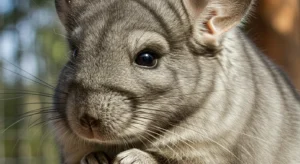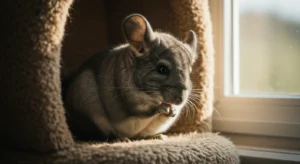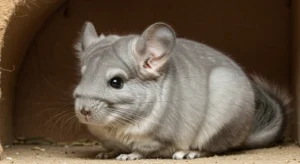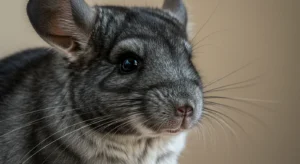Mental Stimulation for Chinchillas: Enrichment Ideas
Beyond basic needs like food, water, and shelter, chinchillas require mental stimulation to thrive. In their natural habitat, they face challenges like foraging for food, avoiding predators, and navigating complex terrain. Captive chinchillas, without these natural stimuli, can become bored, stressed, and develop behavioral issues like fur chewing or repetitive cage-bar biting. Providing environmental enrichment is crucial for their psychological well-being.
Why Mental Stimulation Matters
Enrichment provides numerous benefits:
- Reduces Boredom: Prevents lethargy and disinterest in their surroundings.
- Decreases Stress: Offers positive outlets for natural behaviors, reducing anxiety.
- Prevents Behavioral Problems: Helps curb repetitive or destructive behaviors born from monotony.
- Encourages Natural Behaviors: Allows them to chew, forage, climb, and explore as they would naturally.
- Promotes Physical Activity: Many enrichment activities also involve exercise.
- Improves Overall Quality of Life: A stimulated chinchilla is generally a happier and healthier chinchilla.
Cage-Based Enrichment
Much enrichment can happen within their primary living space:
- Ledges and Platforms: Multiple levels made of safe wood (kiln-dried pine) encourage jumping and climbing, mimicking rocky terrains. Vary the heights and positions.
- Chew Toys Galore: Essential for dental health AND stimulation. Provide a wide variety of textures and shapes – apple wood sticks, willow balls, pumice stones, loofah pieces, safe cardboard tubes, seagrass mats. Rotate these regularly. Offering diverse safe chinchilla chew materials is key.
- Hideouts: Wooden houses, fleece cubes, ceramic hides, or large tubes offer security and exploration points.
- Digging Box: A shallow, sturdy box filled with safe substrate like shredded paper (no ink), aspen shavings (if used for bedding), or even just extra hay can provide digging and foraging fun.

Out-of-Cage Enrichment
Supervised playtime outside the cage provides unparalleled stimulation:
- Exploration Time: Allow exploration in a chinchilla-proofed room. New sights, sounds (calm ones!), and smells are naturally enriching.
- Obstacle Courses: Use large cardboard boxes, tunnels, and safe ramps to create simple courses to navigate.
- Digging Opportunities: A larger playpen box filled with appropriate substrate can be offered during playtime.
- Interaction: Sit on the floor and allow your chinchilla to investigate you, climb (if they choose), and interact on their terms.
Foraging Opportunities
Mimic their natural food-seeking behavior:
- Hide Food/Treats: Tuck small, safe treats (like a single Cheerio or rosehip) or pieces of their regular pellets into hay piles, inside cardboard tubes, or within puzzle toys designed for small animals.
- Hay Racks/Stuffers: Stuff hay tightly into racks, willow balls, or toilet paper rolls with ends folded. Making them work slightly for their hay is engaging.
- Scatter Feeding: Sprinkle a small portion of their daily pellets around a safe area of the cage or during playtime instead of just using a bowl (ensure the area is clean). Implementing chinchilla foraging enrichment techniques taps into strong natural instincts.
Sensory Enrichment
- Different Textures: Offer toys and cage accessories with various safe textures (wood, fleece, loofah, pumice, cardboard, willow).
- Novel (Safe) Scents: Occasionally introduce a small amount of a safe, dried herb (like chamomile or mint – ensure it’s safe for chins!) in a corner of the cage for investigation. Remove after a short period.
- Auditory (Calm): Soft, calm music or nature sounds played at a low volume can be enriching for some, but avoid loud or sudden noises which cause stress.
Social Interaction
- With Cage Mates: For chinchillas housed appropriately in pairs or groups, social interaction is a major form of enrichment.
- With Owners: Gentle handling (if enjoyed), talking softly, and simply being present during their active hours provides positive social stimulation.
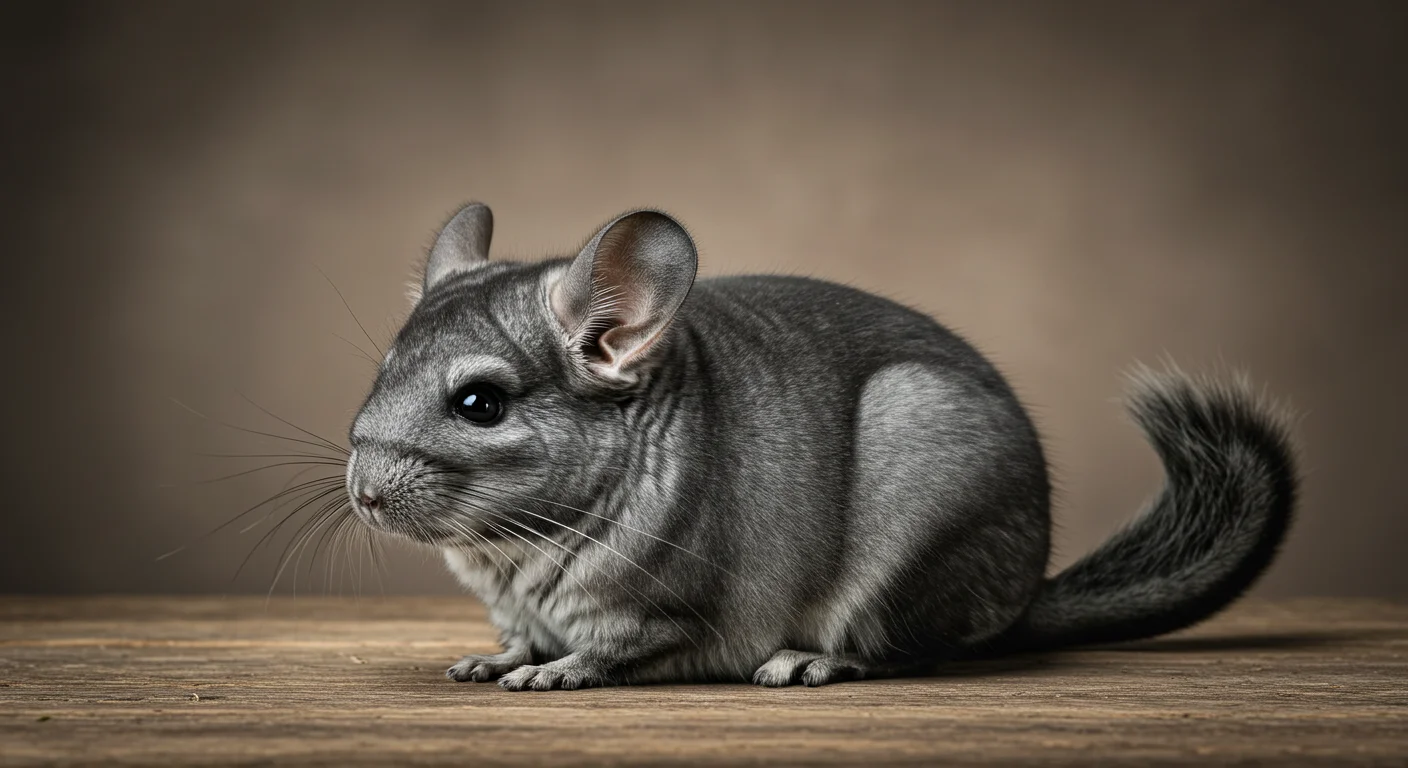
Rotating Activities
Variety is key! Don’t offer all toys and activities at once. Rotate different chew toys, rearrange cage ledges occasionally, and vary playtime activities to keep things novel and engaging.
Safety First!
Always ensure that any enrichment item or activity is safe for your chinchilla:
- Check for chewable hazards (unsafe woods, plastics, small parts).
- Ensure no entrapment risks (small openings, loose strings).
- Supervise playtime closely.
- Introduce new items gradually.
By incorporating a variety of safe and stimulating enrichment activities into your chinchilla’s routine, you actively contribute to their mental and physical health, leading to a happier, more engaged companion.
